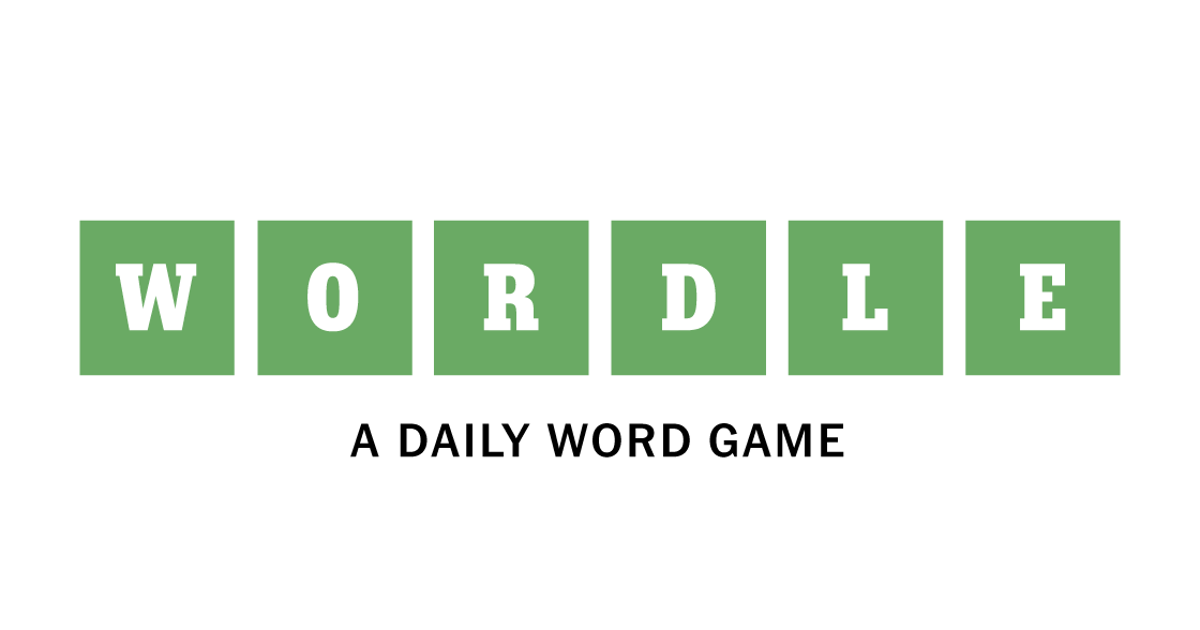

I get what you’re trying to say but I disagree with this. Software can be a barrier to switching OS but it very much depends on the individual user’s needs - it’s not as easy as substituting open source for closed, and is only part of the difference anyway. For example, I use Outlook at work; Thunderbird is great but it is in no way a substitute for Outlook. Similarly, I use Microsoft Office 365 at work; OnlyOffice is in no way a substitute for an individual user (it can be for a whole business or for personal use, but not if you’re tied in to an organisation or employer using Office). If you’re tied into those platforms with work, then for occasional use you can just use the online versions of Microsoft Office in Linux via a web browser. And if you need to work from home or do more, then realistically you need to have Windows and access to the full suite installed locally.
But software does not preclude switching to Linux; for example I dual boot between Windows and Linux on my home PC. I have an M.2 drive for Windows and another M.2 drive for Linux. I rarely use Windows at all now, but when I do it’s if for some reason I need to be doing work related stuff from home or rarely if I can’t get a game working in Linux. In Linux I can do all my web browsing, social media, video streaming, music listening, even gaming and I know I’m doing so privately and securely.
I’d say the best way to switch to Linux is to switch to Linux. New users do not have to be “all in” - they can dual boot between Linux and Windows (or MacOS and Linux), and then have a low level of risk to try out the OS. It can even be beneficial in itself as they can compartmentalise work and free time by OS. And if they don’t want to dual boot, then just try it out by virtualisation.












England doesn’t really have a national flower. The Tudor Rose is a heraldic creation to symbolise the fusion of the House of York and House of Lancaster after the wars of the roses, and the formation of the House of Tudor.
The two houses used white and red roses as symbols, and the Tudor rose was created as a mixed red and white rose which does not exist.
A real rose for England is otherwise a loose thing, not an official symbol.